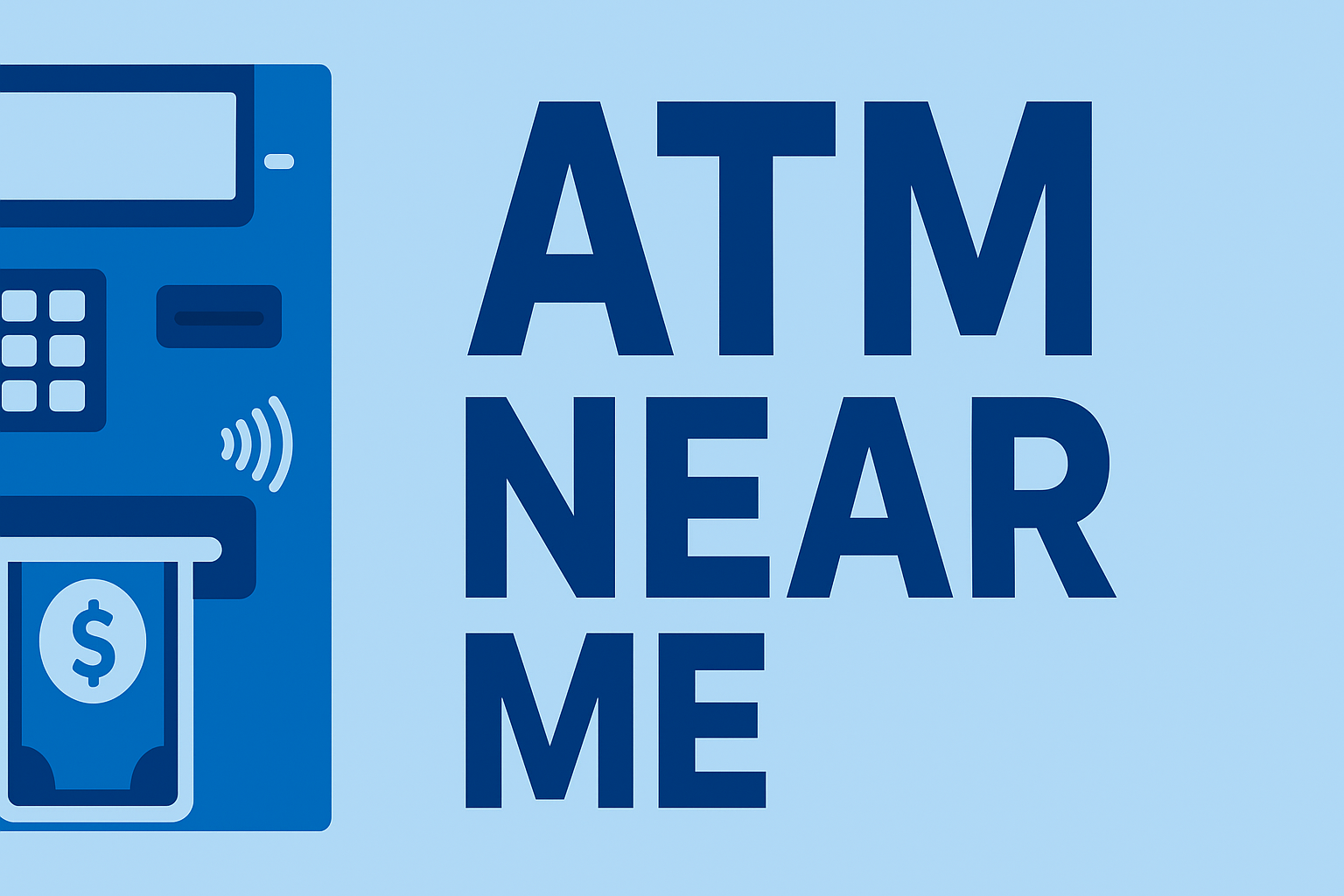The cash dispenser is the heart of every ATM. It’s the system responsible for pulling bills from cash cassettes, scanning them for accuracy, checking for errors and delivering cash without jams or miscounts. For a full look at how all ATM components work together beyond the dispenser, see our complete guide: How ATMs Work.
This article explains how cash cassettes, rollers, sensors and bill validators work together inside the ATM to ensure every withdrawal is accurate and secure.
What Is an ATM Cash Dispenser?
An ATM cash dispenser is a precision mechanical system designed to:
- Select individual bills from storage cassettes
- Scan each bill for accuracy and authenticity
- Verify the correct denomination
- Route bills to the presenter slot
- Detect jams, double-picks or misfeeds
Its purpose is simple but critical: deliver exactly the amount requested—no more, no less.
How ATM Cash Cassettes Work
Most ATMs use 2–4 cash cassettes. Each cassette holds one denomination and includes:
- A spring-loaded base that lifts bills upward for pickup
- A locking shutter for security
- An ID chip or barcode for tracking
- Bill-count sensors to report remaining cash
Cassettes remain locked when removed and unlock only inside the ATM vault to reduce theft risks.
How the ATM Picks Bills From the Cassette
After a withdrawal is approved, the ATM initiates the “pick process” using:
- Pickup rollers that grip the top bill
- Friction pads and belts that separate bills
- Double-pick sensors to detect stuck bills
If more than one bill is detected, the ATM routes the extra bills to a reject area and tries again.
The Role of Bill Scanners and Sensors
Each bill must pass through several sensors that verify:
- Denomination
- Orientation (some ATMs flip bills automatically)
- Thickness to detect doubles
- Dimensions to spot foreign or damaged bills
- Optical markers to confirm authenticity
Rejected bills are automatically logged for later inspection by technicians or cash handlers.
How Bills Travel to the Presenter Slot
After approval, bills move through the ATM’s internal transport system using:
- Motorized belts
- Roller assemblies
- Routing gates
- Stacker mechanisms that form a clean stack for the user
Once the full stack is ready, the presenter module opens its shutter and pushes the bills toward the dispensing slot.
Handling Bill Jams and Rejects
Modern ATMs include automated error-handling systems that:
- Move double-picks to the reject bin
- Retry picks from the same or another cassette
- Log jam locations for technicians
- Switch the ATM to “Out of Service” if issues repeat
If a withdrawal cannot be completed, your account typically is not charged. Learn more here: ATM Charged Me But Didn’t Dispense Cash.
Why Cash Dispensers Are So Reliable
ATM dispensers are built for accuracy and durability. They adapt in real time to:
- Variations in bill wear and tear
- Humidity and temperature
- High-traffic usage
- Patterns in error rates
This smart adjustment process allows ATMs to maintain excellent uptime and minimize service interruptions.
Final Thoughts
ATM cash dispensers use rollers, sensors, cassettes and intelligent software to deliver accurate withdrawals every time. Their design helps prevent double-picks, detects damaged bills and ensures customers receive the exact amount they requested.
